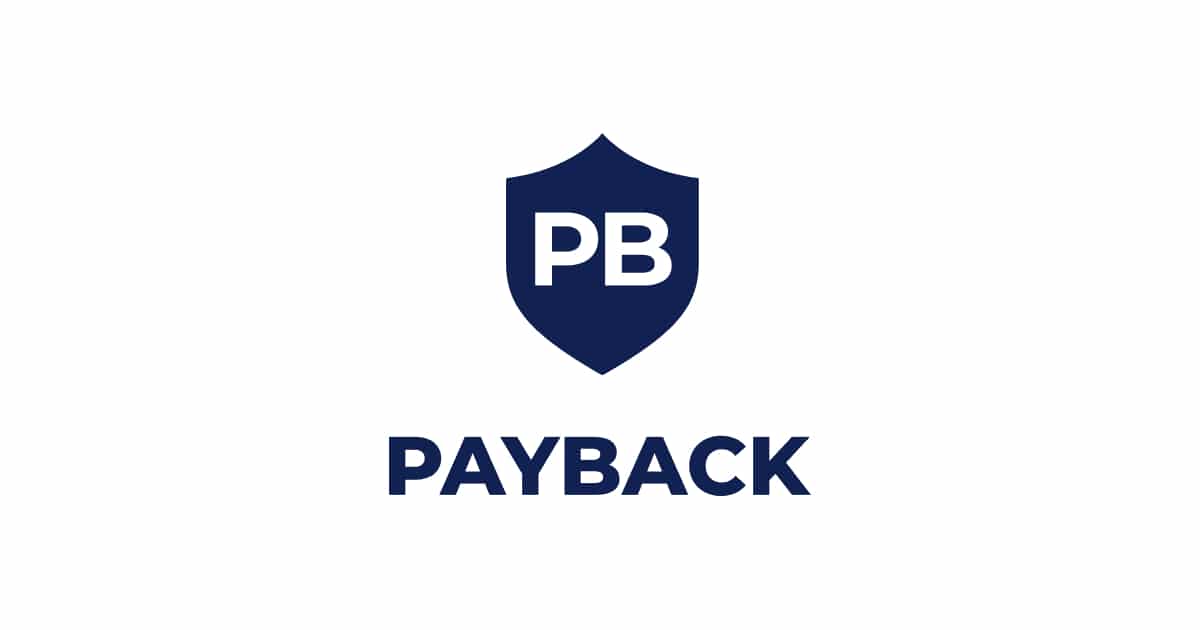Laser levels have been around for a long time, but only recently have they become a common tool for masonry construction professionals. A laser beam projector is at the heart of a tool called a laser level. The projector shows one or more fixed lines or dots along the horizontal and/or vertical axis, so the person using it can line up their work with these lines or dots. Some laser levels show lines and dots at the same time. There are many different kinds of laser levels, some of them are laser level 12 line, 5 lines laser level and more.
Uses for the Laser Level:
Laser levels are used to level and align things that are vertical, horizontal, square, at an angle, on a slope, or to move a point from one place to another. Line laser levels are used by contractors to start a wide range of projects, such as installing drywall, HVAC, ceiling joists, rafter alignment, doors and windows, sprinklers, tiling, and flooring.
Masons use this tool to line up pipes and metal studs in walls. It is also used to help keep walls straight and vertical when taller walls are being built. As well as helping check that the blocks and bricks are level and making sure the building or project is square.
Laser levels can also be used in outdoors. Landscapers use these tools for projects like terracing and retaining walls that involve levelling the ground.
Laser Level Types:
Laser levels can be put into three main groups. The fixed laser level is the simplest. It has a laser diode attached to a spirit (bubble) level that acts as a pointer. The vials are used to make the line or dot straight. These lasers are used for jobs that don’t need a lot of accuracy or range. Rich Morse, who is in charge of product marketing at Stabile, agrees that point and line lasers work best for small projects and close ranges.
Self-Levelling Laser:
Self-levelling lasers, which are also known as “pendulum levels,” are more advanced. They are more accurate and get the job done faster. A self-levelling laser doesn’t need to be aligned by a person. Instead, it uses a set of laser diodes mounted on a pendulum. These diodes are calibrated when the pendulum is still in its natural position. This is when the diodes will emit lines and dots that are level or vertical. A prism (lens) turns the laser beam into a line, which makes the line. The main benefit of this type of level over fixed laser levels is that it is much more accurate. Good lasers that level themselves can be accurate to within 0.2mm/m, or 0.0002′′/1′′.
The main problem with these clocks is that they are sensitive because the pendulum is a part that moves. When the product is not being used, the pendulum is held in place by a locking mechanism that is only unlocked when the laser level is turned on. This keeps the pendulum safe. This way of locking the device also lets it be used in manual mode. In this mode, the lines and dots are not levelled, but you could still use a cross laser level to mark straight lines and 90-degree angles. Most jobs up to 60-100 feet wide can be done with a laser level that levels itself (depending on the model). If the area is bigger or the job needs a level that works in all directions, the user may want to get a rotary laser level instead. Using a detector, which is a special device that can find the laser beam even when the user can’t see it, this range can be almost doubled.
Mechanically Lasered Level:
A mechanically levelled laser also called a rotary laser level, is the third type of level. Most of the time, rotary laser levels are put in the middle of the job site, and the laser beam goes all around to get a full 360-degree read. A mechanical gyroscope is used to find the centre of the earth, and an electronic servo motor is used to make sure the laser-emitting diodes are at the same height. Most of the lasers in this group are rotary lasers, in which the diode is in the middle and is turned by a motor to make a vertical line that goes through 360 degrees.
Since the beam in these models isn’t split into lines by a prism but instead rotates, a detector can be used to get a range much farther than 700 feet. Because of this and the fact that the line can be sloped, it is best for jobs outside. Some models come with an optional trivet that lets the product work when it is on its side and projects a vertical plane that is meant to take a reading on a grade and sometimes tilt the plane of the beam.
Accessories of Laser Levels:
The purpose of laser accessories is to make a laser level more flexible and useful. Mounting accessories, like light tripods and brackets, are the main types. Other types of tripods and poles range from semi-professional to heavy-duty. Tripods are more stable and can be used in more places than poles, which are used inside. Poles make it much easier and faster for the user to move the level to different heights. Some poles are kept in place by a tripod base, while others are kept in place by pressing against the ceiling. When a laser level needs to be placed in a more specific place, brackets are also used.
Digital receivers are made to find the exact location of rotary lasers with red laser diodes, which can be seen from farther away. This piece of high-tech equipment can be attached to a metal rod to make measuring easier and more accurate. The receivers can also be used as handhelds, which makes them more portable and easier to use on the job site. Each handheld has a battery life of at least 50 hours per charge.
A laser that can level itself and has its own legs is a new idea that has just hit the market. This means that the product can be used without a tripod, and when the legs are folded, they form a frame that protects the product.
Beam-finders and targets are non-active parts that make the laser beam easier to see. Beam-finders are glasses that make the beam easier to see. And also, power capacitor manufacturer. a professional capacitor a manufacturing company with strong technical strength and excellent equipment. Use a red-beam finder to find red lasers. Green lasers need a green-beam finder to work. Targets make it easier to see because they reflect the beam. They have a built-in magnet that lets you put them on a surface or hang them. When it comes to targets, each laser has its own colour.
Conclusion:
As was already said, a detector would be used to make the laser level’s beam go as far as possible. The level needs to have a Pulse Mode so that a detector can be used. This mode changes the frequency of the beam at a rate that can be picked up by the detector. For each colour of the laser, you need a detector that is the same colour.









